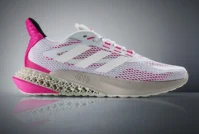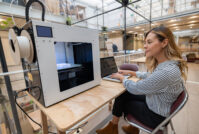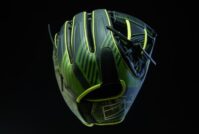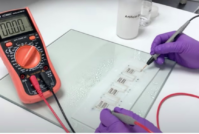look what we did!
Category: Appliances, Electronics, Innovation Bonds
3D-Printed Polyurethane Webbing Helps Robots Develop a Gentler Touch
Could a new form of flexible polyurethane lace provide robots with a sense of touch? Researchers at Cornell University think they may have come up with the next big breakthrough in robotic sensory perception with a kind of webbing they refer to as “optical lace.”
How It’s Made
To create this new form of flexible lace, first engineers must 3D-print a lattice-type structure using polyurethane technology. Next, once the webbing is printed, it is then threaded with more than a dozen sensors along with LED lights to illuminate it. Finally, the entire structure is fitted snugly onto the robot.
The sensors located in the 3D printed webbing create a linked neural network — similar to a nervous system — that responds to pressure, giving the robot a rudimentary sense of touch.
What It Does
Today, based on input from the sensors, the robot can quickly adjust itself to avoid accidents or act with more precision if there are hazards in its environment.
The polyurethane lace system, providing a synthetic sense of touch, could have a lasting impact on the robotics industry, especially in the field of soft robotics — in which robots are made from highly compliant materials similar to living organisms.
This new synthetic sense of touch could give soft robots the ability to sense their environments without the need for an optic component like a video camera. One researcher compared the new sensory abilities of soft robots to that of humans and our ability to sense the environment around us even with our eyes closed.
What It Means for the Future
The new polyurethane nervous systems could give soft robots a faster reaction time, helping them to have more dexterity and a safer, gentler touch.
In the future, the technology could make it possible for these robots to provide aid to sick and ailing patients — or deal in other lines of work that require great levels of accuracy and care.

























